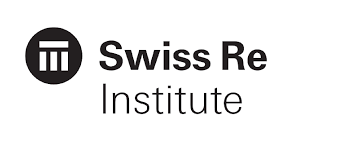Insurance out performs other financial institutions as it serves as the American football quarterback on which the endeavours of other sectors depend on to succeed and remain in business even when they fail as a result of the risk covered happening, insurance stands not only to bring them back but ensures that the business continues from where it left off.
The Global Federation of Insurance Association GFIA as part of its summary of the uniqueness of insurance reechoes the protection of individuals and businesses who find themselves facing hardship due to some unforeseen event, “supporting economic activity through the spreading and diversification of risk; providing access to healthcare; reducing risks through effective underwriting practices and mitigation initiatives, and as major sources of long-term investment in the broader economy.”
In a description that fits the recent accented Nigerian Insurance Industry Reform Act 2025, GFIA said the insurance industry is already, rightly, subject to comprehensive regulation. “Existing regulation requires insurers to maintain adequate capital, manage risks effectively, treat customers fairly and uphold robust internal governance. Appropriate regulation of the insurance sector considers considers the key features of the insurance business model that makes it unique. These include: the pooling and diversification of risks; the inverted production cycle that means policyholders pay for protection ex-ante; the highly integrated approach to risk management; and the long-term investment horizon driven by strong and stable balance sheets.”
From the foregoing insurance accepts its offers to individuals and businesses with all assurance it can offer and have a meters of fear to stand by its obligation to the insurance contract switched off. Its concerns are settled with having the risk it accepts to protect meet all pre-insurance conditions to be met by the insured. The global association caps it, “Due, in particular, to its business model, systemic risk is much less of an issue for the insurance industry than for the banking sector.”
Drawing a line the report stated, “While insurance companies and banks are both financial intermediaries, they are affected differently by different risks. The traditional intermediation function of banks is maturity transformation – aggregating highly liquid deposit liabilities and using them to provide longer term assets (loans), creating an inherent mismatch. This means that liquidity risk is much more of a risk for banks. Insurance companies collect premiums for future liabilities that are generally illiquid and, through aggregation and diversification, are also generally predictable. This creates an inherently stable balance sheet.”








































